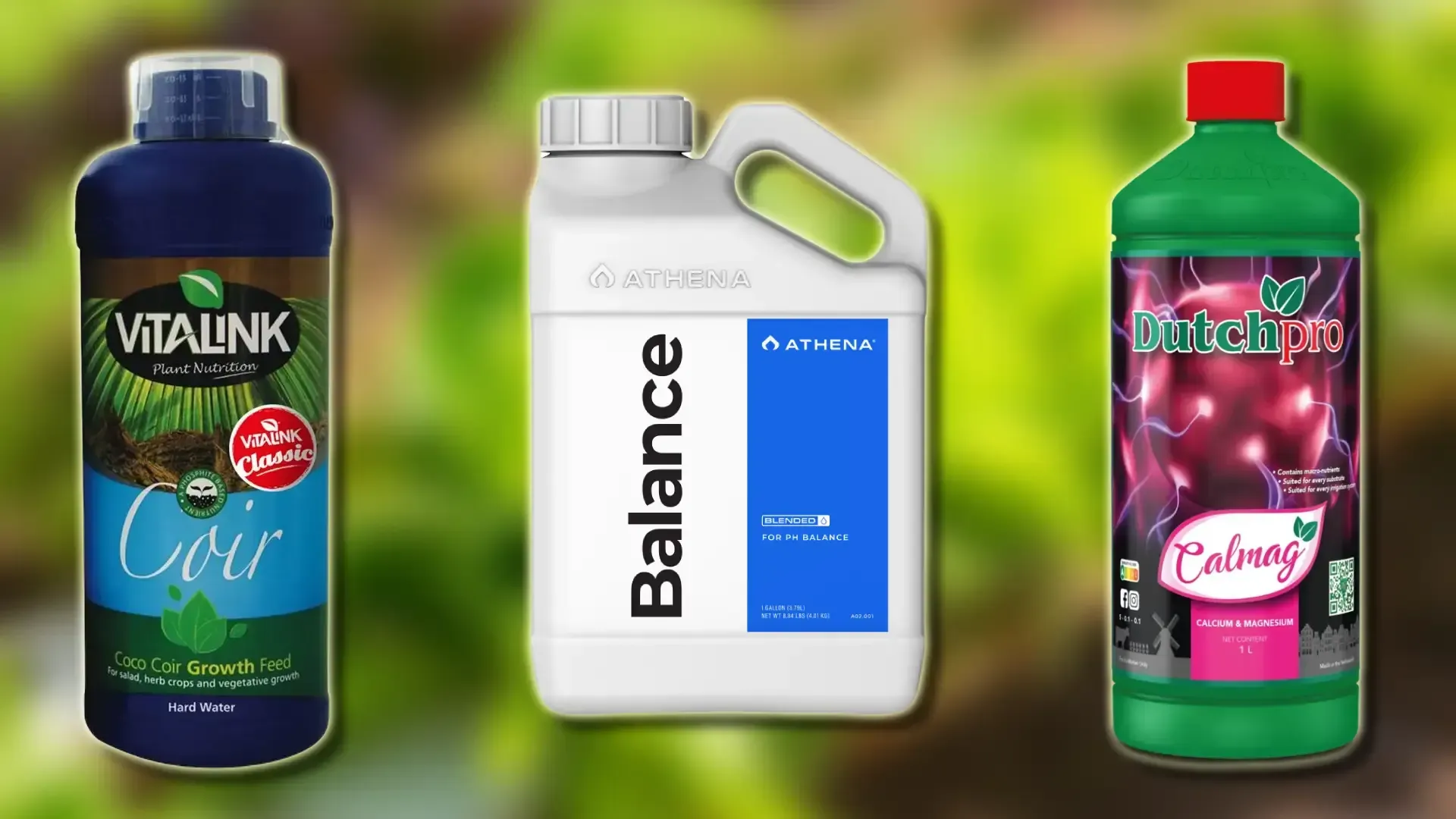The Importance of Nutrients in a Hydroponic System
Macronutrients, Micronutrients and A+B

Hydroponic plant growth nutrients are specially formulated solutions that provide the essential nutrients for plants grown without soil, typically in water-based systems. In a hydroponic setup, plants rely on these nutrient solutions to supply everything they need for growth. The nutrients generally consist of macronutrients (for large amounts) and micronutrients (in smaller amounts).
Here’s an overview of the essential nutrients and how they are used in hydroponic systems:
1. Macronutrients:
These are needed in larger quantities and are critical for plant growth.
- Nitrogen (N): Vital for leafy growth, nitrogen is part of amino acids and proteins.
- Phosphorus (P): Important for root development, flowering, and energy transfer in plants.
- Potassium (K): Regulates water uptake, enzyme activation, and photosynthesis.
- Calcium (Ca): Important for cell wall structure and root development.
- Magnesium (Mg): Central component of chlorophyll, essential for photosynthesis.
- Sulphur (S): Important for protein synthesis and enzyme function.
2. Micronutrients:
These are needed in trace amounts but are still essential for plant health.
- Iron (Fe): Vital for chlorophyll synthesis and electron transport.
- Manganese (Mn): Involved in photosynthesis and enzyme activation.
- Zinc (Zn): Important for enzyme function and growth regulation.
- Copper (Cu): Involved in photosynthesis and lignin formation.
- Boron (B): Essential for cell wall formation and reproductive growth.
- Molybdenum (Mo): Important for nitrogen metabolism.
- Chlorine (Cl): Plays a role in osmoregulation and photosynthesis.
3. Hydroponic Nutrient Solutions:
Hydroponic systems require nutrient solutions that are specifically formulated to provide these essential elements in a balanced ratio. Typically, nutrient solutions are sold in two parts:
- Part A: Contains essential nutrients like calcium and magnesium.
- Part B: Contains the remaining macronutrients and micronutrients.
The concentrations and composition of the solution should be adjusted based on the growth stage of the plant (e.g., vegetative vs. flowering).
How to Use Hydroponic Nutrients:
- Dilution: Follow the manufacturer’s instructions on how to dilute the nutrients. Over-concentrating can lead to nutrient burn, while under-concentrating can result in poor plant growth.
- pH Level: It is critical to maintain the proper pH (typically between 5.5 and 6.5) to ensure that the nutrients are available to the plants.
- EC (Electrical Conductivity): This measures the concentration of dissolved salts (nutrients) in the solution. The ideal EC level will vary depending on the plant type and growth stage.
- Water Quality: Ensure that your water source is free of chlorine or chloramine, which can harm plants. You can use a water filter or let the water sit for 24 hours to allow chlorine to dissipate.
By carefully managing the nutrient mix, pH, and water quality, you can create an optimal environment for plant growth in a hydroponic system.

